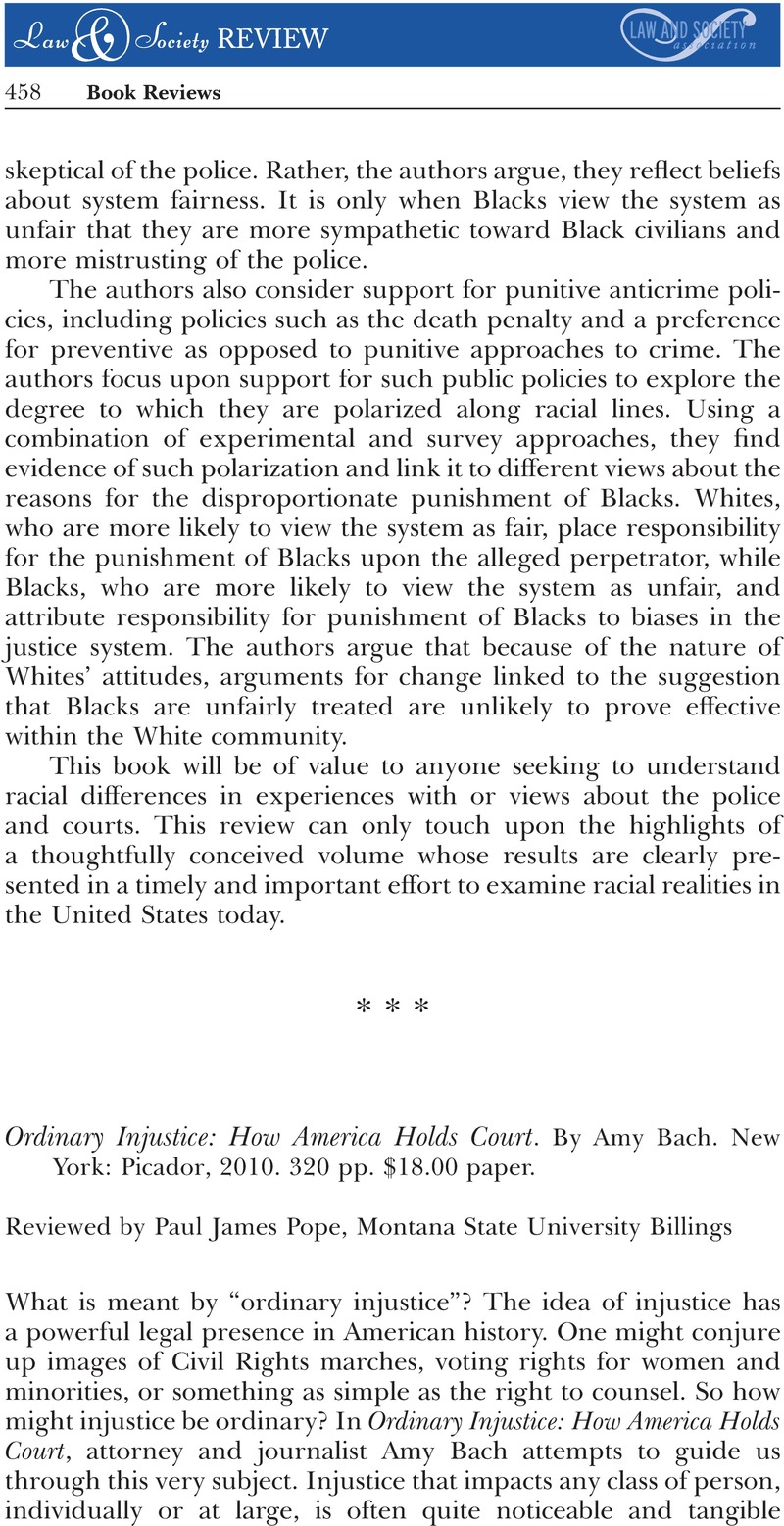Crossref Citations
This article has been cited by the following publications. This list is generated based on data provided by Crossref.
Denvir, John
2011.
Being Bogart: Professional Identity after Michael Clayton.
SSRN Electronic Journal,


